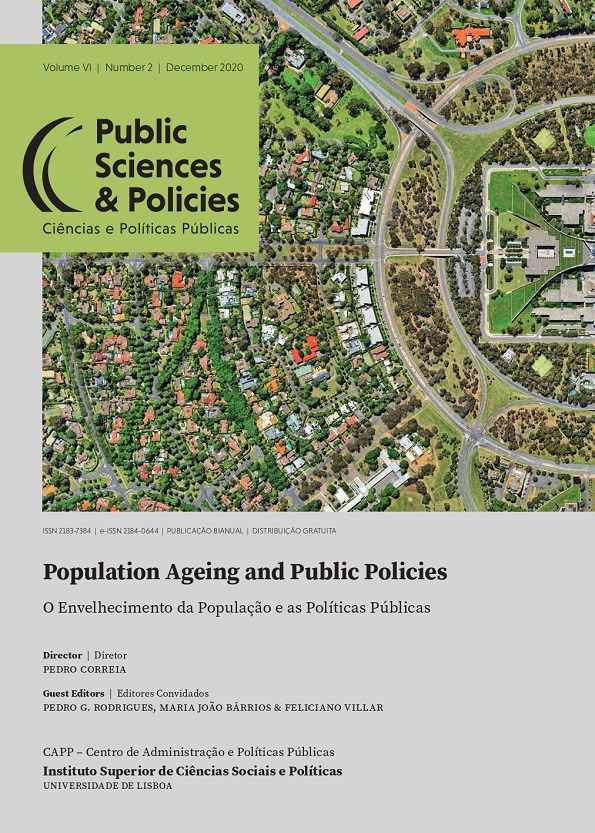Caring for non-self-sufficient older people in Italy:
from a familistic system to the immigrant live-in careworker model
DOI:
https://doi.org/10.33167/2184-0644.CPP2020.VVIN2/pp.149-168Keywords:
Older people, social policies, familialism, immigrant women, informal care modelsAbstract
The aim of the article is to describe the specificities of the aging phenomenon in Italy and the social policies for non/self-sufficient elderly people, highlighting both the change from a model that relied heavily on a family system to a model based on co-resident immigrant workers to care for the elderly, and the contradictions of this new model. While in Italy the percentage of older people and very older is the highest in Europe, social policies for them involve a limited offer of home and residential services and widespread allowances. At the same time, in Italy, the rise of the aging population has been intertwined with the transformation of family structures, the increase of female employment, the lower capacity of families to take care of their non-self-sufficient relatives, and the improvement of older people’s economic conditions. Due to these changes, a new care model has been established in the past two decades, based on the employment of live-in caregivers, usually immigrant women, so-called ‘badanti’, who are hired and paid by the caretakers and their family. This model has led both caregivers and caretakers to experience a double dependency and a double solitude, which question its sustainability and the familistic nature of the system. This paper presents both demographic and economic data from institutional sources, and the regulatory framework on social policies, and, finally, the data that emerge from various research on immigration.
Downloads
Published
How to Cite
Issue
Section
License

This work is licensed under a Creative Commons Attribution-NonCommercial-NoDerivatives 4.0 International License.



